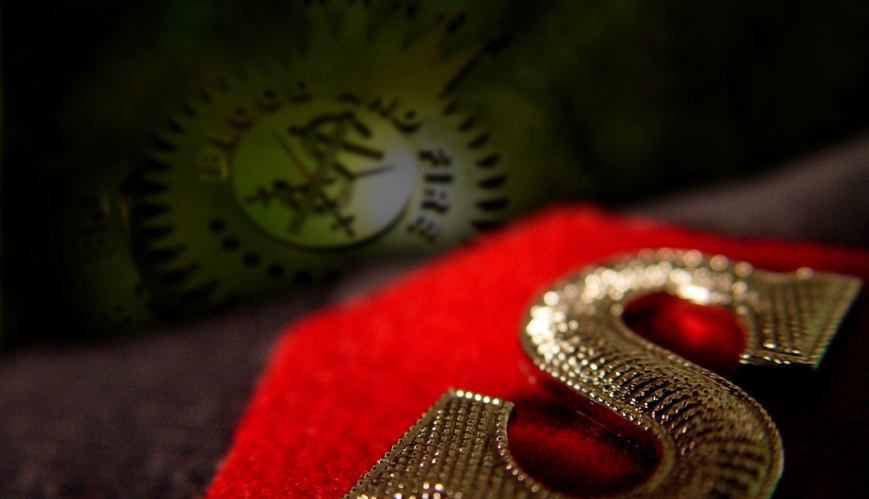Challenging the subtleties of systemic injustice

Challenging the subtleties of systemic injustice
7 July 2017
The status of women officers as recorded historically in the Disposition of Forces is a symbol of the systemic injustice that the Australia One Gender Equity Plan is seeking to address moving into the future.
By Anne Halliday
For many in The Salvation Army, the reality of gender inequity can be hard to identify with.
All too often its subtle existence makes it hard to see, and what can be perceived as its "insignificant" nature can influence a person's willingness to deal with it.
After her marriage in 2007, Major Lyn Edge, now the Australia Eastern Territory Assistant Secretary for Program, decided to confront what she believes was a “symbol of subtle systemic injustice” in The Salvation Army - the territory's Disposition of Forces (Dispo) handbook.
Over the next six years she emailed the Territorial Secretary for Personnel, asking for a review of the way married women were represented in the Dispo, the official listing of officers and appointments.
Her request was twofold – firstly, when there is a joint appointment, could the couple be listed alphabetically, rather than the traditional form of listing the male first? And secondly, in the Dispo index, could a married female officer be given their own individual listing.
“My name was listed with a directive to ‘see Terry Grey’ (her husband), which I felt was a little offensive,” she says. “It was about being recognised in my own right. The Dispo is just a symbol, but an important one.”
In 2013, her request was granted by then-Territoral Secretary for Personnel, Lieut-Colonel David Godkin. Around the same time, the Australia Eastern Territory began commissioning married couples alphabetically.
“Margo Dennis’ book In Her Own Right looks at the status of women officers historically,” adds Major Edge. She noted that when the Army started in Australia, married women officers were not mentioned in the Dispo at all. The minute you married, you dropped out of this official listing of officers. By 1976, women were included with the title Mrs but not her rank. It was 1995 when female officers were listed with their ranks, but even then they were always listed after their husbands."
“It’s a symbol of the subtle systemic injustice which sees women as subservient to men. If we really believe in a theology of gender equity then we should challenge any culture, practice or structure which does not respect and esteem women as equals to men.”